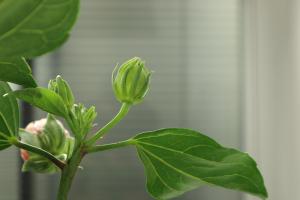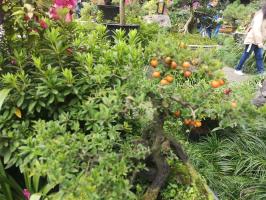1、 Soil:
The demand for fertilizer is strong, so when planting, it is better to choose fertile and loose soil with good air permeability and good drainage
2、 Fertilization:
Fertilization is mainly based on the application of base fertilizer, and the amount of base fertilizer can be determined according to the fertility of the soil. In the vigorous growth stage, topdressing can be carried out every 2-3 weeks, and phosphate fertilizer and potassium fertilizer should be applied
3、 Temperature:
It likes warmth and has poor frost resistance. It grows well in the temperature range of 14-26 ℃, and the overwintering temperature should not be lower than - 5 ℃ to avoid frostbite
4、 Illumination:
Peng Peng likes an environment with sufficient sunlight and is resistant to shade. It should receive sunlight for no less than 4 hours a day, which helps to accelerate the growth of Peng Peng
5、 Pest control:
1. Diseases: common diseases include stem rot. Stem rot can lead to browning and necrosis of xylem, yellowing and wilting of leaves and petioles, and serious plant death. It can be sprayed with 500 times of methyltobuzin, 500 times of 40% aluminum ethylphosphate, or 500 times of thiram
2. Pests: common pests include willow bat moth and raspberry perforator moth. They gnaw on the phloem outside the borer hole, and the damaged branches are easy to break and dry up and die. It can be sprayed with 1000 times of 80% dichlorvos or 3000 times of 2.5% deltamethrin in the leaf exhibition stage in early spring to kill larvae and prevent pests

 jackfruit
jackfruit snake plant
snake plant hibiscus
hibiscus hydrangea
hydrangea lavender
lavender Green roses climb al...
Green roses climb al... If you don't pay att...
If you don't pay att... Management of four g...
Management of four g...



































